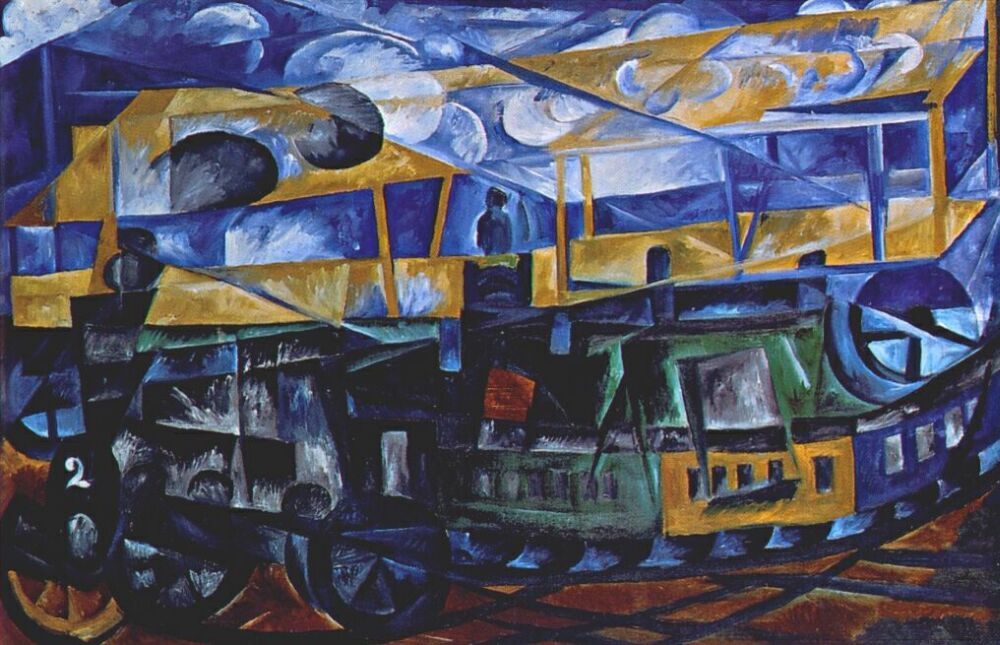
Artificial intelligence (AI) technology continues its aggressive foray into nearly every aspect of our lives, from the seemingly human-like (most of the time) interactions with Alexa to fully autonomous cars that in the not so distant future will be able to handle complex navigation and steering scenarios better than most human drivers.
Conversations about robot cars that make split-second life-and-death decisions involving car occupants and pedestrians inevitably invoke Isaac Asimov’s famous Three Laws of Robotics that first appeared in his 1942 short story Runaround:
Read More



